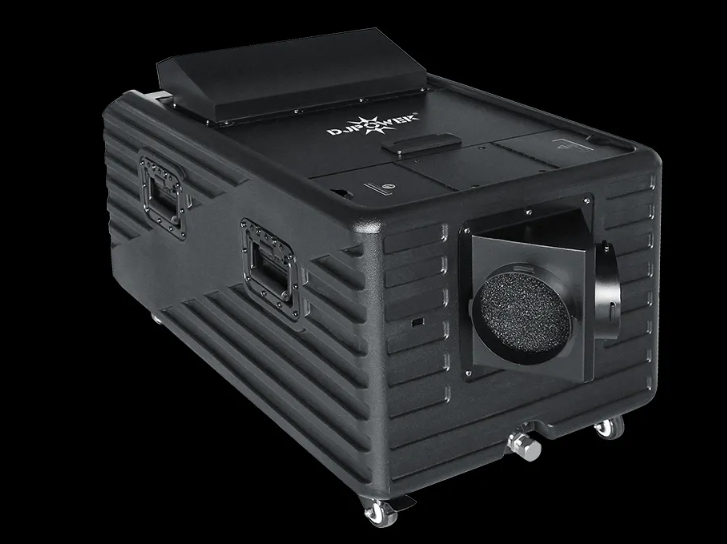Threads are an essential part of many industrial applications. They are used to connect two pieces of equipment or machinery together securely. There are two main types of threads used in industrial applications: pipe threads and straight threads. In this article, we will discuss the differences between these two types of threads.
Pipe Threads
Pipe threads are designed for use in piping systems. These threads are tapered and have a slight angle. They are designed to create a seal when tightened, which prevents leaks. Pipe threads are commonly used in plumbing, gas, and oil industry applications.
Pipe threads come in two standard types: National Pipe Thread (NPT) and British Standard Pipe Thread (BSPT). NPT threads are commonly used in the United States, while BSPT threads are used in Europe and Asia.
NPT threads have a 60-degree thread angle and a taper of 1/16 inch per inch. BSPT threads have a 55-degree thread angle and a taper of 1/16 inch per inch. It is important to note that NPT and BSPT threads are not interchangeable.
Straight Threads
Straight threads, also known as parallel threads, are designed for use in applications where a seal is not required. Unlike pipe threads, straight threads do not have a taper. They have a constant diameter along their entire length. Straight threads are commonly used in applications such as fasteners and hydraulic fittings.
Straight threads come in two standard types: Unified National Coarse (UNC) and Unified National Fine (UNF). UNC threads are used for general-purpose applications, while UNF threads are used for applications that require finer threads and greater strength.
UNC threads have a 60-degree thread angle and a constant pitch, while UNF threads have a 60-degree thread angle and a finer pitch than UNC threads.
Differences Between Pipe Threads and Straight Threads
The main differences between pipe threads and straight threads are their shape, angle, and purpose. Pipe threads are tapered and have a slight angle to create a seal, while straight threads have a constant diameter and no angle. Pipe threads are designed for use in piping systems, while straight threads are used in applications where a seal is not required.
Another key difference is that pipe threads are not interchangeable between different standards, such as NPT and BSPT, while straight threads are interchangeable between different standards, such as UNC and UNF.
When selecting threads for an application, it is important to consider the purpose of the connection and the requirements of the system. Pipe threads are necessary for systems that require a seal to prevent leaks, while straight threads are suitable for applications where a seal is not required.
Conclusion
In conclusion, pipe threads and straight threads are two different types of threads used in industrial applications. Pipe threads are tapered and designed for use in piping systems, while straight threads are constant in diameter and used in applications where a seal is not required. It is important to understand the differences between these two types of threads when selecting threads for an application to ensure the connection is secure and the system operates efficiently.


没有评论:
发表评论